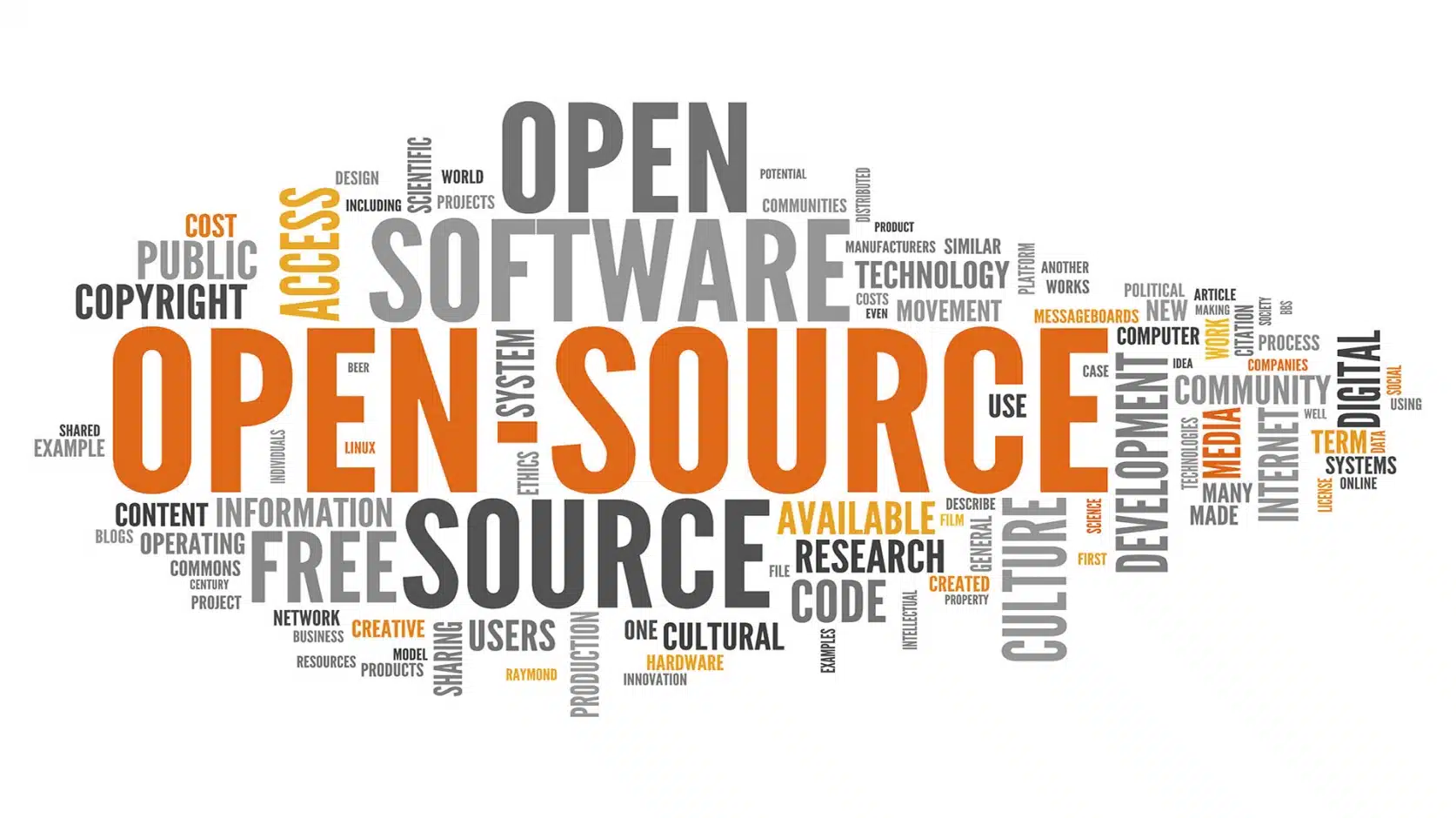
Four Trends to Expect in Technology in Government for 2022
As individuals, we make New Year’s resolutions around improving our diet and exercise, but federal, state, and local governments need to decide what areas they want to improve on each year as well. Here are some of the trends that government industry experts expect in 2022.
Modernizing Legacy Systems
The COVID-19 pandemic put an unprecedented load on government systems, not only in areas such as unemployment insurance but also in applying for government assistance programs such as the Payment Protection Program. That has put more pressure on federal and state governments to modernize legacy applications, some of which were date back to the 1960s.
“The need for legacy modernization is not new to government CIOs, nor is the staff’s need for working around inflexible legacy systems working in core agencies,” wrote Gartner in its report, Top Technology Trends in Government for 2021, issued in March. “Recent COVID-19-related case studies highlight how legacy applications cannot scale or operate at speed and should be protected by the use of cloud-based front-end wrapper technologies.”
In fact, Gartner predicted that by 2025, over 50% of government agencies will have modernized critical core legacy applications to improve resilience and agility, and 57% of federal executives report the pace of digital transformation for their organization is accelerating, according to Accenture in its report, Five Trends for Post-Pandemic Leadership.
“As cloud vendors offer increasingly powerful APIs, organizations are increasingly able to configure and assemble systems,” wrote Deloitte in its report, Tech Trends 2022: Peering through the lens of government. “Governments should evaluate legacy applications and portfolios against modern capabilities to identify potential areas to use new APIs and capabilities to replace legacy features and functions.”
In particular, governments should be looking for ways to automate tasks to help them deal with the lack of workforce and the “silver tsunami” of retiring workers, Deloitte continued. “Given the war for IT talent, governments cannot afford to squander employees’ minutes and hours. Aggressively move to automating or eliminating all low value activities, moving towards having human resources managing code that manages environments and systems.”
Fortunately, the funding for such efforts is available. Federal stimulus programs such as the Coronavirus Aid, Relief, and Economic Security Act, and Infrastructure Investment and Jobs Act have provided funding that help government agencies modernize these legacy systems. COVID-19 obligations drove a 40% increase in big data spending from FY 2019 to FY 2020, and was likely to continue to do so in FY 2021 and 2022, Deltek predicted in May 2021.
Toughening Security

It isn’t news to anyone that governments have been hard-hit by cyberattacks such as ransomware, particularly as remote working has increased the number of attack surfaces. On the state as well as the federal side, governments are looking at efforts such as zero trust, which treats every user as untrustworthy of accessing network resources until they have been verified, according to StateTech. 67% of state CIOs who responded to the National Association of State Chief Information Officers’ 2021 Annual State CIO Survey said they anticipated that introducing or expanding a zero-trust framework will receive more attention in the next two to three years, StateTech wrote.
In particular, governments need to be looking at using artificial intelligence with cybersecurity to help detect and even anticipate attacks, recommended Deloitte. “As cyberattacks increase globally, governments need to be on guard,” the company wrote. “Governments must evaluate the use of AI to automate attack detection and response, even considering supplementing in house talent with outsourcing.”
As with legacy automation efforts, federal funding is available to help agencies and state governments improve their cybersecurity posture – as much as $1 billion in the State and Local Cybersecurity Improvement Act.
Streamlining Identity
A big part underlying both security and modernization is identity. We learned with the widespread unemployment insurance fraud of 2020 just how important reliable identity verification is. At the same time, citizens don’t want to have to juggle dozens of different IDs for a variety of government programs. Instead, governments will be working on identity systems that give users a single identity that they can use across programs.
This is true for state governments as well as the federal government. At 83%, CIOs ranked the adoption or expansion of enterprise identity and access management solutions as their top cybersecurity initiative in the 2021 NASCIO survey, reported StateTech. In the survey, 60% of states said they had partially implemented an enterprisewide IAM solution, 21% said they planned to implement one, and 13% said they have fully implemented a solution, the publication continued.
“Some states, such as Ohio, are far along in adopting a single digital identity that residents can use to access myriad government services,” the publication wrote. “Others are just getting started. But that seems to be the direction many are going in.”
For that to happen, industry needs to help, and Gartner expects it to. “By 2024, a true global, portable, decentralized identity standard will emerge in the market to address business, personal, social and societal, and identity-invisible use cases,” the company predicted in its Top Technology Trends for Government in 2021 report.
Continuing to Support the Virtual Workforce

Finally, with the omicron variant is sweeping the nation, it’s apparent that the government’s virtual or hybrid workforce efforts will need to continue. That was a major effort in 2020, noted Accenture.
“In short order, federal agencies got most of their employees working remotely and installed IT infrastructures to support that,” the report noted. “The Defense Department, for example, rolled out secured network capacity and cloud-accessible work environments to roughly 4 million military and civilian personnel around the world within weeks,” including activating more than 250,000 accounts in a single day in early April 2020. Remote work upgrades that used to take years now take days and weeks.
The NASCIO survey reported similar results, with 86% of respondents calling “Remote work as a regular rather than occasional occurrence” a work practice instituted during the pandemic that they expected to retain – the top response.





